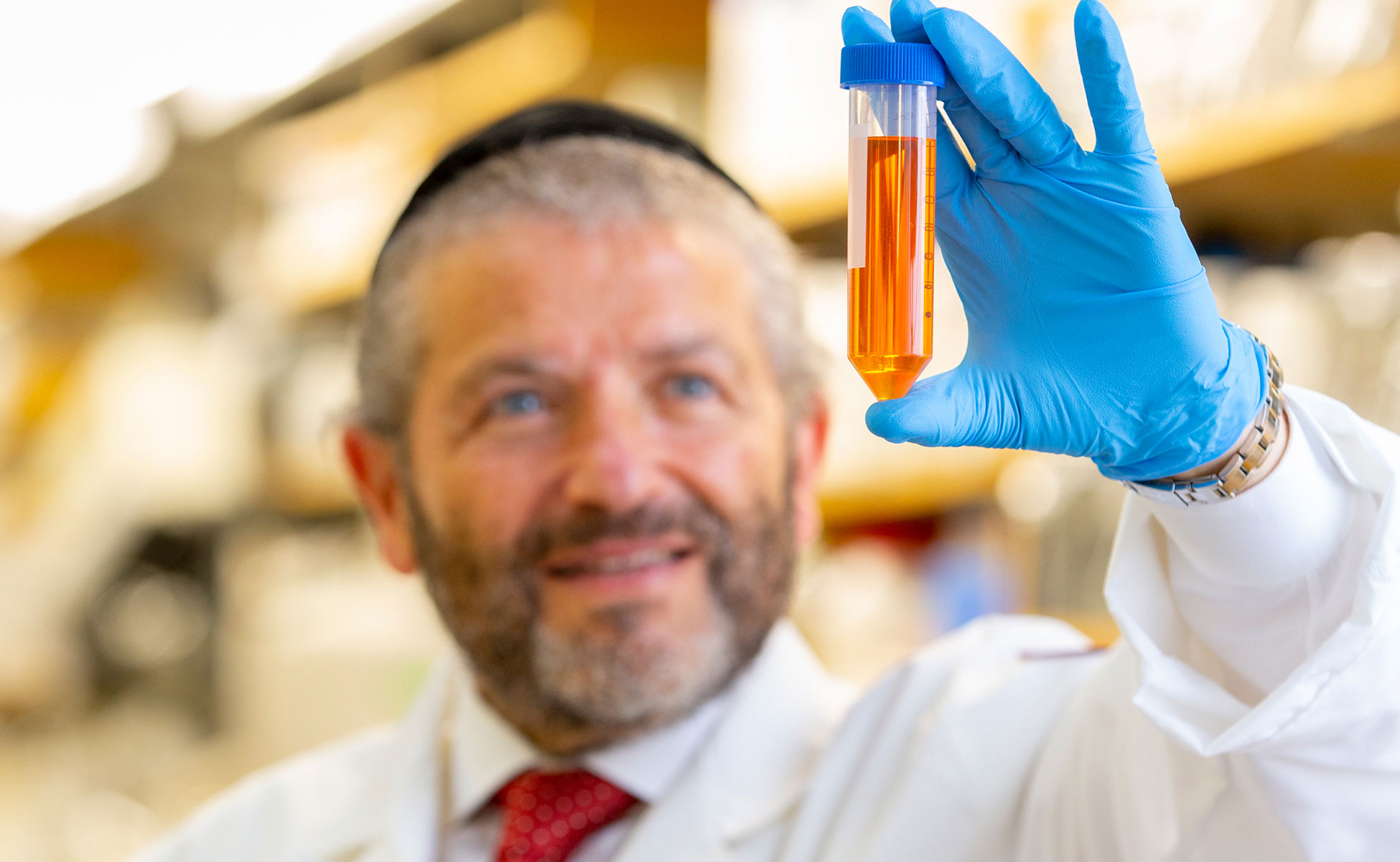At New York Medical College (NYMC), groundbreaking research is at the heart of our mission to advance knowledge, drive medical innovation, and improve human health. Our faculty, students, and researchers are engaged in pioneering work across a wide spectrum of scientific disciplines.
With a deep commitment to discovery, NYMC fosters a collaborative and interdisciplinary environment where ideas flourish and translate into real-world impact. Our research initiatives reflect a holistic approach to medicine and science, addressing today’s most urgent health challenges while paving the way for tomorrow’s breakthroughs.
Explore our key areas of research in cancer, disaster medicine, metabolic disorders, neuroscience, infectious diseases, cardiovascular disease, pulmonary medicine, microbiome, and salivary disease, and the lead researchers in each area.
Cancer
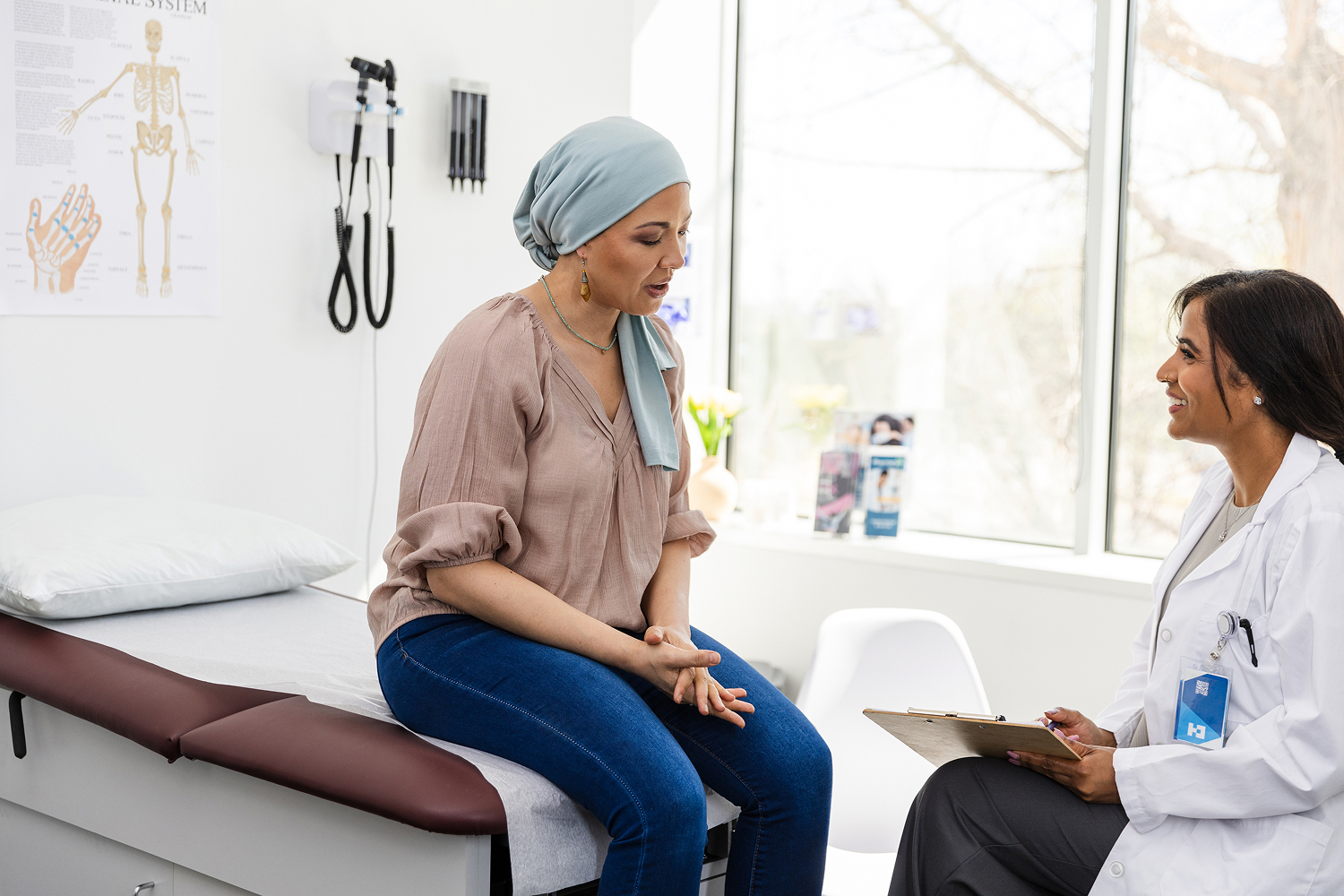
Like the best security systems, beating cancer may involve the body’s own ability to detect and dispel intruders. Applying insights from breakthroughs in cell therapy, genomics, and immunology, researchers at New York Medical College pursue findings that bolster hope for prevention, early detection, and precision treatment of cancer. “Our alliance with Westchester Medical Center creates a unique synergy between cancer research and clinical care,” says Mitchell Cairo, M.D., professor of pediatrics, medicine, pathology, microbiology, and immunology, and cell biology and anatomy at NYMC, and vice chair of pediatrics and director of the Cancer Center at Westchester Medical Center. “Our findings at the bench can refine our approach at the bedside; and the experiences of patients guide further lab investigations.”
Basic and translational cancer immunology research develops methods of targeted cellular immunotherapy to treat a variety of liquid and solid tumors. This approach deploys antibodies to engage the body’s T-cells, including a subtype of “Natural Killer” cells, to release molecules that lock in on cancer cells to destroy them while sparing healthy tissue. Dr. Cairo’s team also examines the “cancer microenvironment” of diseased tissue to identify mechanisms behind resistance to therapy.
Clinical research at NYMC includes a robust portfolio of clinical trials, including studies of targeted immunotherapy for both liquid and solid tumors. NYMC researchers not only lead these trials but also generate the therapies themselves, creating a seamless path from concept to clinical application.
Stem cell biology taps into these cells’ power to renew and differentiate into cells with specific functions. By prompting the growth of T-cells enhanced with proteins that bind to cancer cells, researchers can use stem cells as the basis for next-generation immunotherapy. Cross-functional research teams also explore how stem cells with immunosuppressive or anti-inflammatory properties might prevent cancer from developing in the first place.
With more than 12 specialized research cores to centralize resources and optimize efficiency, NYMC maintains a thriving culture of translational research. Its strategic partnership with WMC provides access to the Cellular and Tissue Engineering Laboratory (CTEL) and other resources to support experiments in genomics, immunology, and cell therapy as a “living drug.”
“The culture of support at NYMC encourages us to break out of silos, build bridges between basic and clinical research, and foster collaboration across fields of research,” says Dr. Cairo. “Institutional support is critical for accelerating breakthroughs in detection, treatment, and prevention of cancer.”
NYMC Experts in Cancer Research
- Mitchell S. Cairo, M.D.
- Julie S. Di Martino, Ph.D.
- Shuai Gao, Ph.D.
- Jan Geliebter, Ph.D
- Jessica C. Hochberg M.D.
- Marina K. Holz, Ph.D., M.P.H. '23, Dr.P.H. ’24
- Meena Jhanwar-Uniyal, Ph.D
- Delong Liu, M.D., Ph.D.
- Karen P. Seiter, M.D.
- Anitha Srinivasan M.D., M.P.H.
- Raj K. Tiwari, M.S., Ph.D.
- Dazhong Xu, Ph.D.
- Marjorie Zauderer, M.D., M.S.
Disaster Medicine
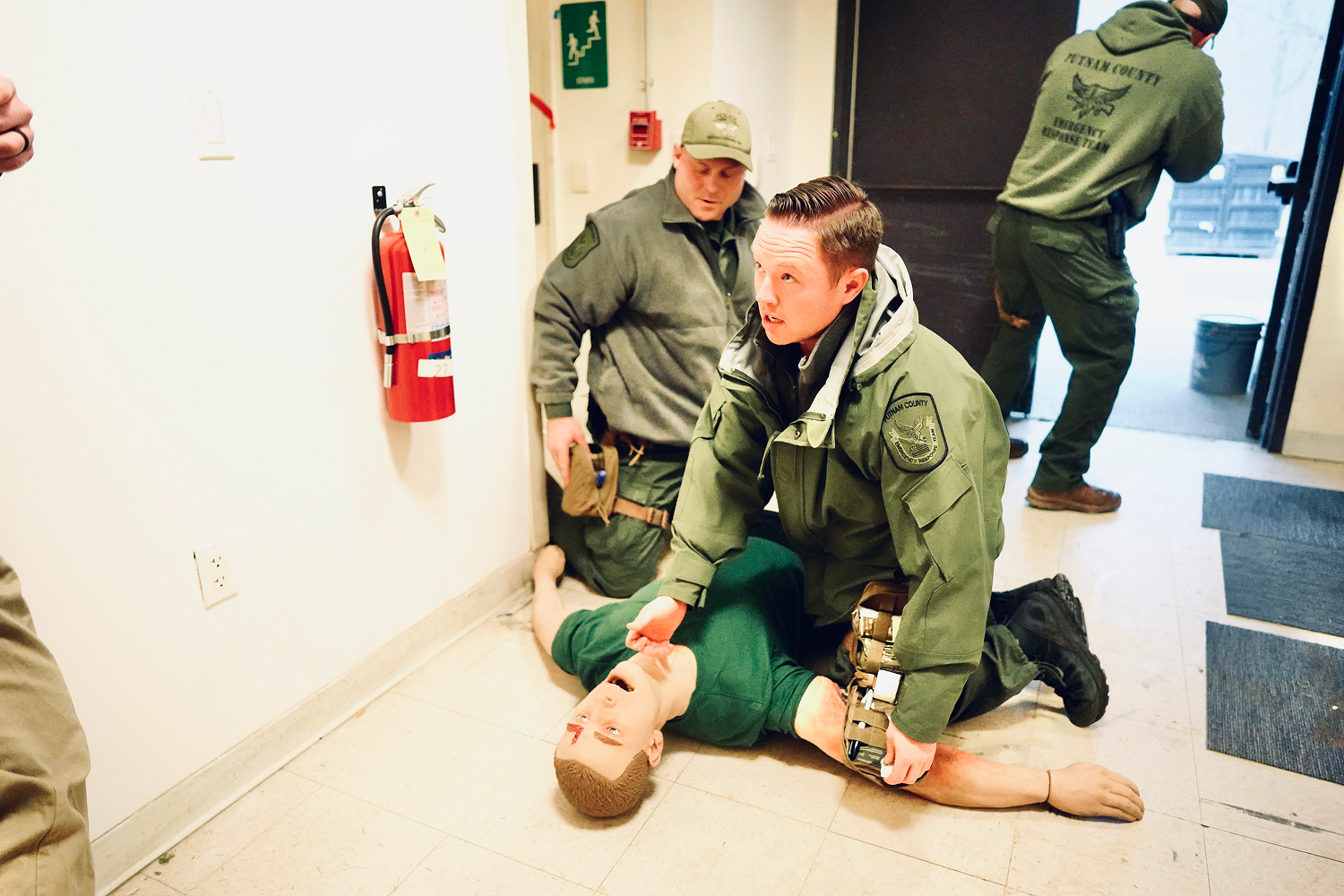
Co-founded in 2005, by Robert W. Amler, M.D., M.B.A., dean of the School of Health Sciences and Practice (SHSP) and vice president for government affairs, and David S. Markenson, M.D., M.B.A., Dr.P.H. ’25, director and medical director of the Center for Disaster Medicine (CDM) senior associate dean of research, SHSP, and professor in the Institute of Public Health, the CDM has broadened its original scope from natural disasters, terrorism, public health emergencies, and mass casualties to become a globally recognized hub for research, education and simulation, in addition to operational and tactical medicine, resuscitation, school preparedness and advanced and innovative educational approaches to training. As director of the CDM, Dr. Markenson oversees research across these areas with additional emphasis on addressing the needs of children and those with disabilities, as well as deploying medical care within high-risk, high-stress environments and resource-scarce environments.
The CDM’s expanded research has broadened work in tactical and EMS response in mass shootings and hazardous events with special attention to protecting vulnerable populations—particularly children. Dr. Markenson’s team examines how schools, daycare centers, and summer camps can best handle disasters and medical emergencies, including opioid overdoses, mental health crises, and acts of mass violence. This expanded work directly provides best practices for medical care and emergency preparedness and response by EMS, fire service and law enforcement. It also shapes training protocols for schools, businesses, and places of worship. The Center also conducts research into education itself: what to teach and how to teach it best. The CDM has pioneered immersive training methods using virtual reality (VR) and augmented reality (AR). Trainees use VR headsets, tactile gloves, and full-body suits to simulate the sights, sounds, and sensations of disaster environments, from intense heat to freezing temperature.
Onsite training facilities simulate environments such as schools, workplaces, meth labs, and bomb-making setups, with both sensory-deprivation and sensory-overload rooms. “When people experience the stress of response ahead of time, their care becomes second nature in a real event,” says Dr. Markenson.
Military partnerships, including with the Department of Defense, translate battlefield lessons to civilian settings. One key outcome is new guidance on the use of tourniquets, once controversial but now highly recommended when used correctly. This data has been adopted by EMS agencies, schools, and the general public.
NYMC's strength lies in its cross-disciplinary expertise in medicine, public health, and basic science—paired with its ability to rapidly share research through educational programs, supported by Touro University.
“There is tremendous benefit to the community of the thought and investigation that Touro and NYMC fosters,” Dr. Markenson says. “When we approach state and federal agencies for grant support, our reputation for critical research and life-saving results helps secure that funding. Our efforts remind people that disasters, public health emergencies, mass casualty events, tactical events, and mass violence can strike at any time and remaining proactive and well-trained is the best way to prepare. We must always be thinking: Where is the next emerging infection? What are bad actors planning? And what life-saving medical care can we help provide and teach – and in what environments?”
NYMC Experts in Disaster Medicine Research
Metabolic Disorders

Researchers at New York Medical College are uncovering the genetic and molecular drivers of cardiometabolic diseases, such as obesity, diabetes, and cardiovascular disorders. At the forefront of this work is Michal Laniado Schwartzman, Ph.D., professor and chair of the Department of Pharmacology and the Alumni Endowed Chair in Biomedical Sciences, whose groundbreaking research centers on a signaling molecule called 20-HETE.
20-HETE, a lipid-derived molecule, acts as a pro-inflammatory agent that damages blood vessel function and elevates blood pressure. In humans, production of 20-HETE spikes in response to injury, heart attack, stroke, or diets rich in fat. In studies using mice bred to produce higher levels of 20-HETE, those fed a high-fat diet developed significantly more obesity-related complications—confirming a strong link between 20-HETE levels and BMI.
To better understand how 20-HETE inflicts damage, Dr. Schwartzman worked with Victor G. Garcia, Ph.D. ’15, associate professor of pharmacology. Their goal was to identify the receptor—or cellular target—activated by 20-HETE. The team zeroed in on a protein called GPR75. When 20-HETE binds to GPR75, it disrupts insulin signaling and promotes the inflammation driving symptoms of metabolic disease.
Working with Regeneron Pharmaceuticals, the researchers studied genetically modified mice lacking GPR75. Remarkably, despite eating the same high-fat diet, these mice gained 44 percent less weight and were protected against inflammation, insulin resistance, high blood pressure, and diabetes.
Further genetic studies in humans confirmed the findings: people with a mutation that mutes one copy of the GPR75 gene had a significantly lower body mass index, reduced diabetes risk, better cardiovascular health, and were 54 percent less likely to develop obesity. Due to this protective loss of function, GPR75 became the “obesity gene” that has informed the development of novel anti-obesity drugs.
With a four-year grant from the National Heart, Lung, and Blood Institute, Dr. Schwartzman and Dr. Garcia are now delving deeper into how GPR75 contributes to metabolic disease. They are exploring how it interferes with insulin and promotes inflammatory cells in blood vessels. The team is also drawing closer to their game-changing therapeutic: an experimental GPR75 blocker to prevent or even reverse obesity.
By integrating molecular biology, pharmacology, and student-driven basic science, NYMC’s researchers are changing the paradigm in the treatment of cardiometabolic disease.
NYMC Experts in Metabolic Disorders Research
Neuroscience
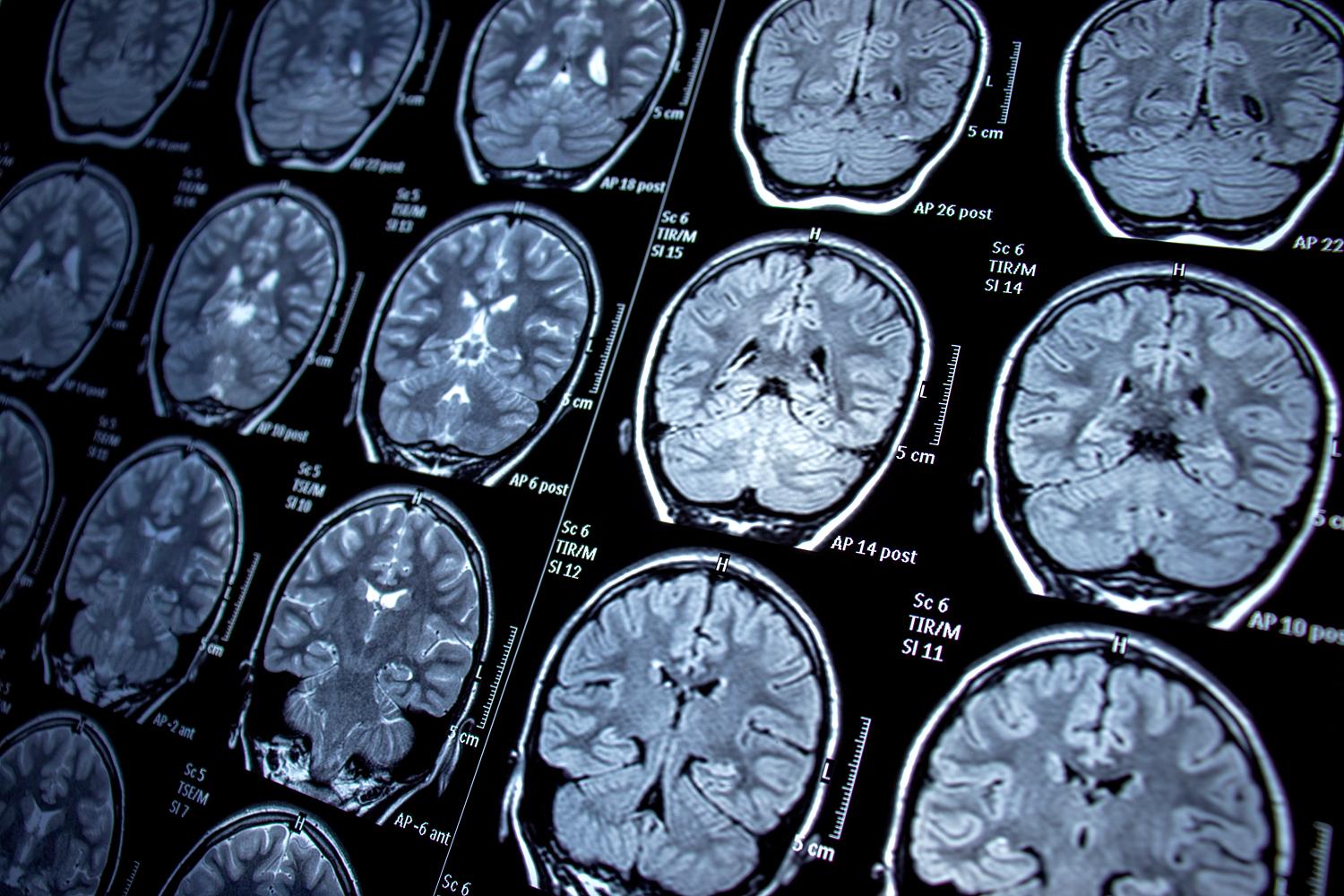
Probing the intricacies of the brain and nervous system draws on disciplines from psychology and psychiatry to neurosurgery and neonatology; and involves research spanning molecules, cells, and circuits to behavior, cognition, and even concussions. This collaborative framework drives breakthroughs for patients at risk for brain injury, stress-related psychiatric disorders, epilepsy, and more.
“Our neuroscience research is at the nexus of basic science, clinical research, and patient care,” says Christopher S. Leonard, Ph.D., professor of physiology. This culture fosters dynamic partnerships that bridge several research efforts, creating a healthy ecosystem for discovery and innovation.
One major initiative involves partnerships between basic science researchers and neuroscientists to develop more effective chemotherapies for malignant brain tumors, including those affecting children. These studies have also yielded training opportunities for neurosurgery clinicians.
The lab of Esther Sabban, Ph.D., professor of biochemistry and molecular biology and the Sidney E. Frank Distinguished Professorship in Psychiatry and Behavioral Sciences, explores the role of neurotransmitters, especially neuropeptide Y (NPY), in stress-related disorders like PTSD, depression, and cardiovascular disease. With funding from the U.S. Army, her team has discovered that NPY can prevent and even reverse PTSD symptoms in preclinical models. Her research also explores why certain individuals are more resilient to trauma than others. Collaborating with neonatology and surgery teams, Dr. Sabban is studying the gut microbiome’s link to PTSD, with the goal of identifying those at highest risk that merit early intervention with NPY. Her work may also inform treatments for Alzheimer’s disease and dementia.
Jonathan Fisher, Ph.D., associate professor of physiology, is focused on advancing non-invasive diagnostics and therapies. Leveraging assets of the Lovelace Biomedical Research Institute, part of Touro University and NYMC, he explores methods of precision ultrasound for treating dementia. In collaboration with Westchester Medical Center’s pediatric neurology department, he studies concussion-related changes in cerebral blood flow using fiber-optic lasers. His related project, in collaboration with pediatrics and cell biology, investigates non-invasive ways to detect intraventricular hemorrhage in newborns, research with strong potential for enhancing neonatal intensive care.
“With the ongoing recruitment of world-class clinical and research faculty within the College, there is a rapidly growing partnership within the neurosciences that helps to build programs for medical students and drives a robust research pipeline,” says Chirag Gandhi, M.D., professor and chair of the Department of Neurosurgery.
Touro University also amplifies neurological research, including renovated lab space and funding programs that help early-stage ideas take flight.
NYMC Experts in Neuroscience Research
- Fawaz Al-Mufti, M.D.
- Mill Etienne, M.D. '02, M.P.H., FAAN, FAES
- Jonathan Fisher, Ph.D.
- Chirag D. Gandhi, M.D., M.S., FACS, FAANS
- Frances Hannan, Ph.D.
- Edmund F. La Gamma, M.D. '76
- Christopher S. Leonard, Ph.D.
- Tracey A. Milligan, M.D., M.S.
- William N. Ross, Ph.D.
- Esther L. Sabban, Ph.D.
- Patric K. Stanton, Ph.D.
- Libor Velisek, M.D., Ph.D.
- Jana Velíšková, M.D. Ph.D.
- Govindaiah Vinukonda, Ph.D.
- Richard J. Zeman, M.S., Ph.D.
Infectious Diseases
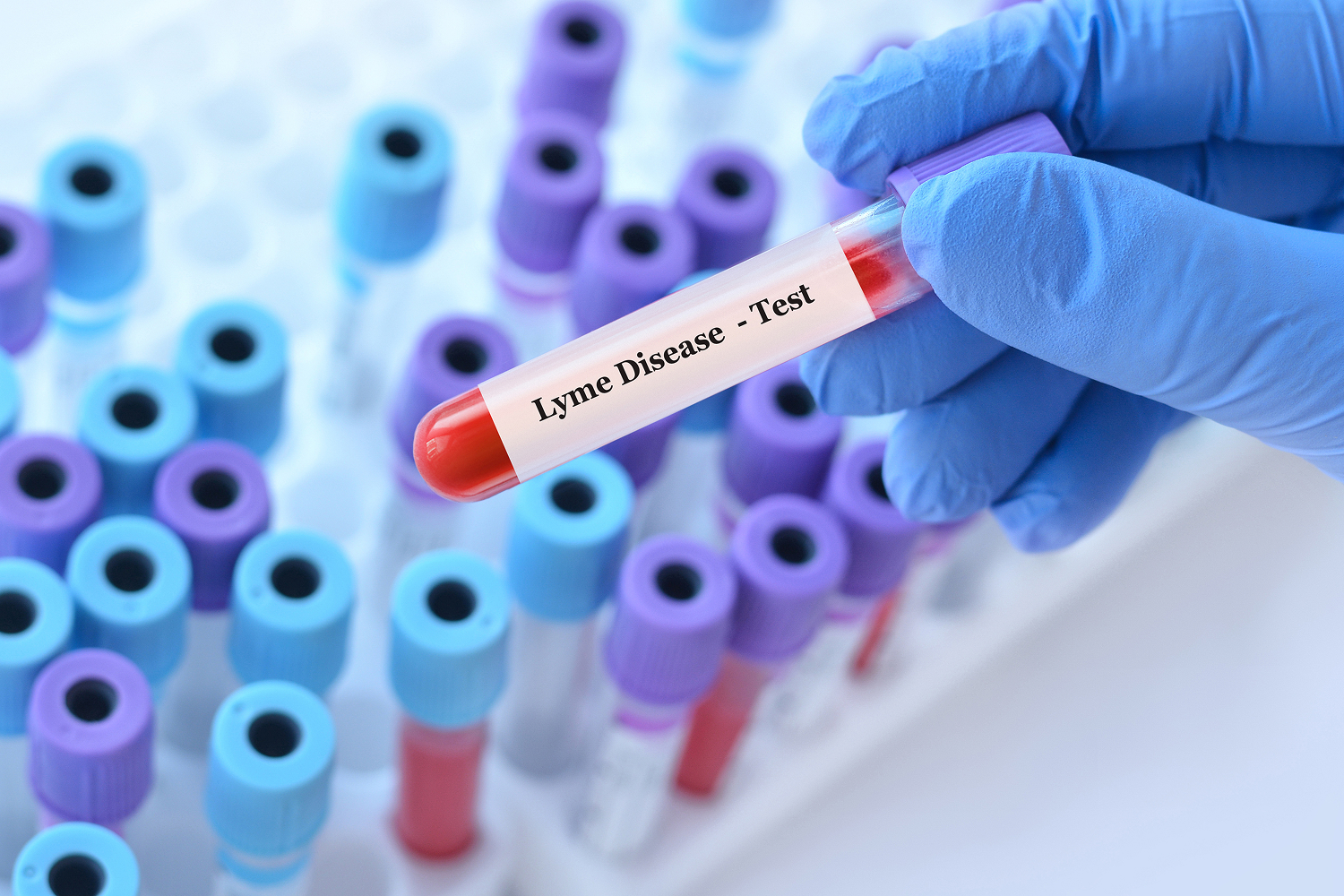
Whether stubbornly prevalent, highly rare or rapidly emerging, every infectious disease merits the highest standards of research to discover causes, refine diagnostic tools, manage infections and even curb the threat of future pandemics. Under the direction of Marc El Khoury, M.D., associate professor of medicine at NYMC and chief of infectious diseases at WMC, researchers team with departments such as pathology, microbiology, and immunology, as well as the Westchester County and New York State Departments of Health, to analyze data, improve outcomes, and stay ahead of mutating or highly contagious strains.
Research focuses on tick-borne diseases such as Lyme disease, babesiosis, deer tick virus infections, and human granulocytic anaplasmosis. These illnesses, largely clustered in the northeastern United States, can turn fatal without proper management. In recent analyses of babesiosis data, researchers found that patients over 70 with respiratory symptoms had significantly higher risks of severe illness and mortality. NYMC investigators have spearheaded efforts to study new treatments for babesiosis such as tafenoquine. Investigators are also hard at work creating new diagnostics for active Lyme disease. NYMC has joined a multi-center collaboration, including institutions like Massachusetts General Hospital, to expedite the ongoing analysis of shared data. “In the field of rare disease, joining our data with other sites increases the power of our study and its statistical significance,” Dr. El Khoury says.
Critical next steps involve collecting and banking serum for further studies, looking at the markers of inflammation and the role they play in certain infections. Collaborations with the pathology department at the University of Maryland have revealed a surprising finding: the presence of the tick-borne disease anaplasmosis in lymphocytes, a different type of white blood cells than the neutrophils that typically fight off bacteria. Dr. El Khoury’s team is poised to collect patient data in pursuit of this new observation.
Researchers also maintain two HIV pharmaceutical studies in partnership with the Ally Care Center at Westchester Medical Center, comparing the benefits of injectable treatments with oral regimens. Additional studies taking shape target latent tuberculosis diagnostics, chronic osteomyelitis, cytomegalovirus in transplant recipients, and outcomes in patients with neurological infections like transverse myelitis.
One notable initiative under consideration explores the connection between stroke and endocarditis. By following patients to determine how often stroke patients are later diagnosed with endocarditis, or inflammation of the heart lining, due to infection. Their findings could modify clinical guidelines to recommend early blood testing in stroke cases.
The research program also emphasizes education, with infectious disease faculty and fellows teaching first-year medical students and engaging students in clinical research. With funding from internal and external sources, NYMC is expanding its capabilities by hiring new faculty with an interest in tick-borne diseases and special pathogens. These efforts reflect a mission not only to treat today’s infections, but to curb emergent threats.
NYMC Experts in Infectious Diseases Research
Cardiovascular Disease
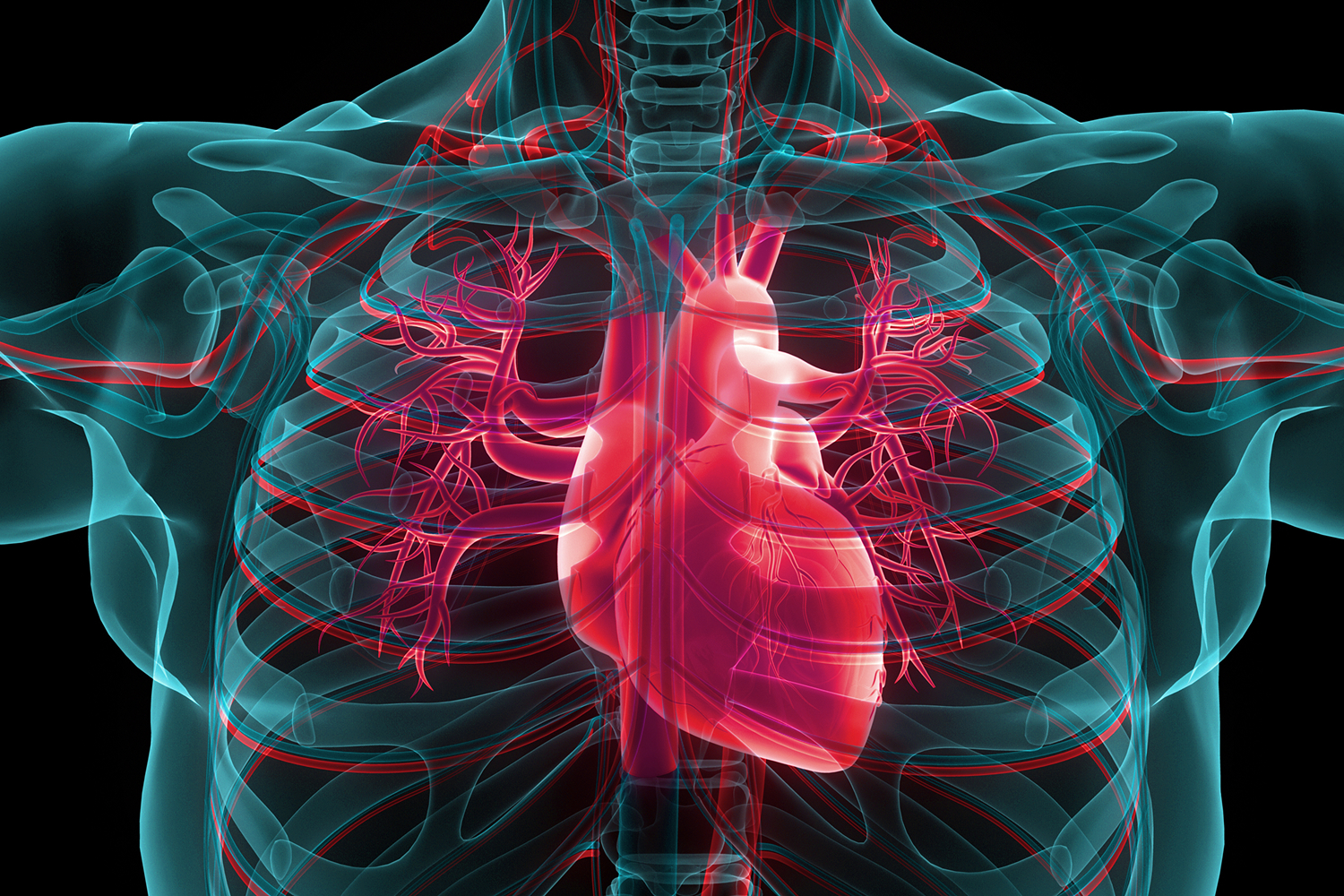
What makes your heart skip a beat? What makes your blood pressure spike? Urgent answers lie in the rigorous, collaborative, and focused research into cardiovascular disease at New York Medical College. Our multifaceted program brings together faculty, students, clinicians, and scientists in bench-to-bedside investigations to improve heart health by studying hypertension (or high blood pressure), abnormal rhythms of the heart, heart failure, ischemia, and other complications that lead to acute and chronic disease. In fact, the discovery of the cardiac stem cell and the birth of cardiac regeneration took root on campus in this cross-functional culture. When it comes to applied research, physicians in the group were pioneers in the use of such breakthroughs as coronary balloon angioplasty and stenting for the treatment of heart attacks.
As a critical center of research on campus, the Cardiovascular Translational Science Institute (CTSI) at NYMC provides robust infrastructure to conduct nationally competitive research that drives breakthroughs in patient care. By leveraging synergies of interests and expertise across medical disciplines, the CTSI promotes partnerships among NYMC scientists and the clinicians and investigators at Westchester Medical Center (WMC). Within this framework, the CTSI maintains a thriving collaboration with NYMC’s Department of Physiology and the Clinical Cardiac Electrophysiology Program at Westchester Medical Center. Faculty in electrophysiology across campus lead investigations to understand mechanisms and treatments for arrhythmias, or abnormal rhythms of the heart. Closely examining the cellular mechanisms under defective heart performance, researchers hone in on corrective interventions aimed at restoring the optimal function of the heart muscle.
Researchers also study hypertension to clarify the role of blood pressure and vascular function in accelerating conditions such as atherosclerosis, strokes and coronary artery disease. Their data have shaped not only clinical guidelines, but also public health policies, such as access to heart-healthy foods through nutritional assistance programs to protect against hypertension and high cholesterol.
Recent studies bridging cardiology and neurology also underscored the strong connection between heart disease and dementia, establishing that hypertension, inflammation and diminished blood flow pose risks to the brain as well as the heart.
“We are in a unique environment of a single campus shared by NYMC and WMC with a wealth of clinical services and expertise between them,” says Julio A. Panza, M.D., FACC, FAHA, professor of cardiology and chief of the Division of Cardiology. “These resources provide the substrate for cross-fertilization between basic research and its clinical applications for cardiovascular health and disease prevention.”
NYMC Experts in Cardiovascular Disease Research
- Salomon Amar, D.D.S, Ph.D.
- Wilbert S. Aronow, M.D.
- Howard Cooper, M.D.
- Nicholas R. Ferreri, Ph.D. '84
- Daniel Frenkel, M.D.
- William H. Frishman, M.D.
- Alan L. Gass, M.D.
- Sachin A. Gupte, M.D., Ph.D.
- Gregg M. Lanier, M.D.
- Elliot J. Levine, M.D.
- Marvin S. Medow, Ph.D.
- Srihari S. Naidu, M.D., FACC, FAHA, FSCAI
- Stephen Pan, M.D., M.S.
- Julio A. Panza, M.D.
- Marcello Rota, Ph.D.
- Michal L. Schwartzman, Ph.D.
- Julian M. Stewart, M.D., Ph.D.
- Wenhui Wang, M.D
- Michael S. Wolin, Ph.D.
Pulmonary Disease
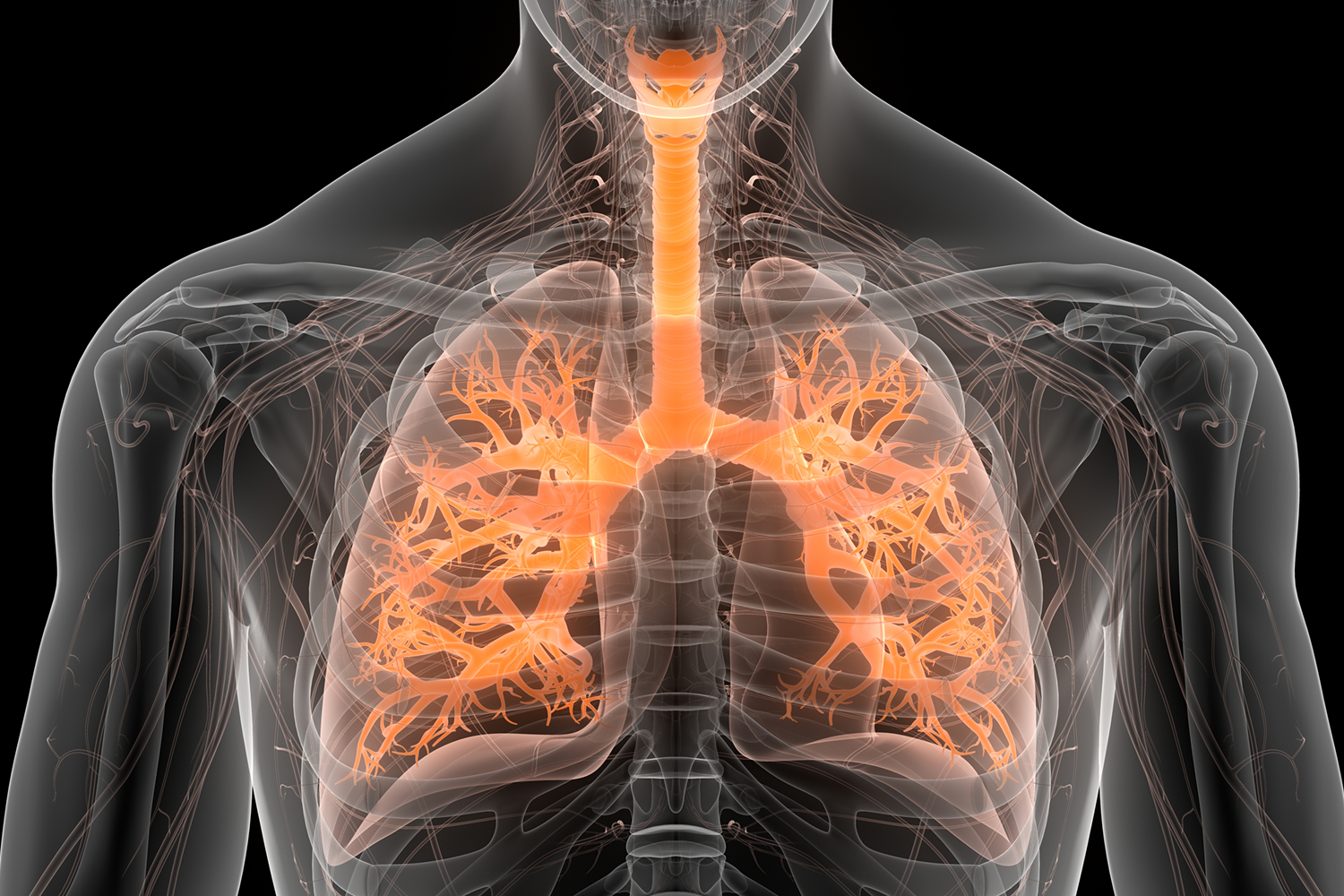
New York Medical College’s groundbreaking research in cystic fibrosis, asthma, and chronic obstructive pulmonary disease (COPD) drives innovation in pulmonary medicine that positions the College as a national leader in clinical trials and translational research. “I’m enormously proud of how our pulmonary research program, and its national reputation, has evolved,” says Allen J. Dozor, M.D., professor of pediatrics, former chief of the Division of Pulmonology, Allergy, and Sleep Medicine at NYMC, associate physician-in-chief of the Maria Fareri Children’s Hospital and president of Boston Children's Health Physicians.
The pulmonary division currently oversees 23 active clinical trials across asthma, cystic fibrosis (CF), and other respiratory conditions, with 12 additional studies in start-up. Through institutional support and collaborative frameworks, NYMC has evolved into a trusted partner for Phase 1 “first-in-human” trials—the vanguard tier of clinical science with the highest standards for research. This expanding portfolio of clinical trials reflects NYMC’s reputation for precision, speed, and data integrity, supported by an academic environment that cultivates clinical trialists and fosters partnerships with pulmonary and cardiology teams.
Research into CF at NYMC has advanced therapeutic breakthroughs for more than three decades, contributing to every milestone in CF drug trials, including the initial large-scale study of Pulmozyme, the first drug approved specifically for people with CF. Recently, NYMC administered the first U.S. dose of an inhaled mRNA therapy for CF, in collaboration with ReCode Therapeutics. NYMC’s long-standing accreditation by the CF Foundation affirms its leadership in both pediatric and adult care, and its dedication to translating bench science into real-world outcomes.
As a founding site in the American Lung Association’s Airway Clinical Research Centers network, NYMC conducts sophisticated trials on biologics, monoclonal antibodies that disrupt inflammatory pathways. Faculty also pursue studies on how pollution, tobacco exposure, nicotine byproducts, nutrition, and obesity influence asthma, leveraging basic science to improve public health across all demographics. “It is clear that obesity makes asthma worse; it is clear that asthma makes obesity worse,” says Dr. Dozor. “We are trying to understand that connection, which exemplifies the ‘social determinants of health’ that can create striking disparities among minoritized groups.” The Children’s Environmental Health Center of the Hudson Valley, embedded in NYMC’s research enterprise, trains environmental pediatricians and informs medical recommendations through rigorous study data. For example, precision measurements have revealed that exposing young children to even low levels of tobacco smoke may compromise their lung function.
Dr. Dozor highlights the seamless integration of research and clinical practice as a strength of NYMC, which embeds research teams within clinical sites to build stronger ties among researchers, providers and patients. “My mission is to increase clinical research across the board.”
NYMC Experts in Pulmonary Disease Research
Microbiome

At the forefront of biomedical discovery, New York Medical College is pioneering research into the human microbiome—the vast and complex ecosystem of microbes that live in and on the human body. The primary goal of this initiative is examine microbes associated with the human body and to use this data to build a “healthy cohort” reference database of human microbiome genome sequences (known as metagenomic sequences), computational tools to analyze complex metagenomic sequences, and clinical protocols for sampling the human microbiome.
This project includes the development of sophisticated computational tools for analyzing metagenomic sequences, as well as clinical protocols for accurately sampling and characterizing the human microbiome. By establishing a robust “healthy cohort” reference, our researchers aim to uncover critical associations between microbial populations and the onset or progression of disease.
“The aim of microbiome research is to ultimately use the findings to demonstrate the association of microbiomes with diseases and think about the pathogenesis of disease. It is an exciting field that lends itself to transdisciplinary research via strategic partnerships,” said Salomon Amar, D.D.S., Ph.D., vice president for research and professor of pharmacology and of pathology, microbiology and immunology, and senior vice president for research affairs at Touro University.
Current research studies include: the potential influence of the microbiome on resilience or susceptibility to traumatic stress by characterizing gut microbial community before and after exposure to traumatic stress in an animal model of PTSD; nasopharyngeal airway microbiome and secondhand tobacco exposure in children with asthma; and the role of the oral microbiome in periodontal disease.
NYMC Experts in Microbiome Research
Salivary Disease
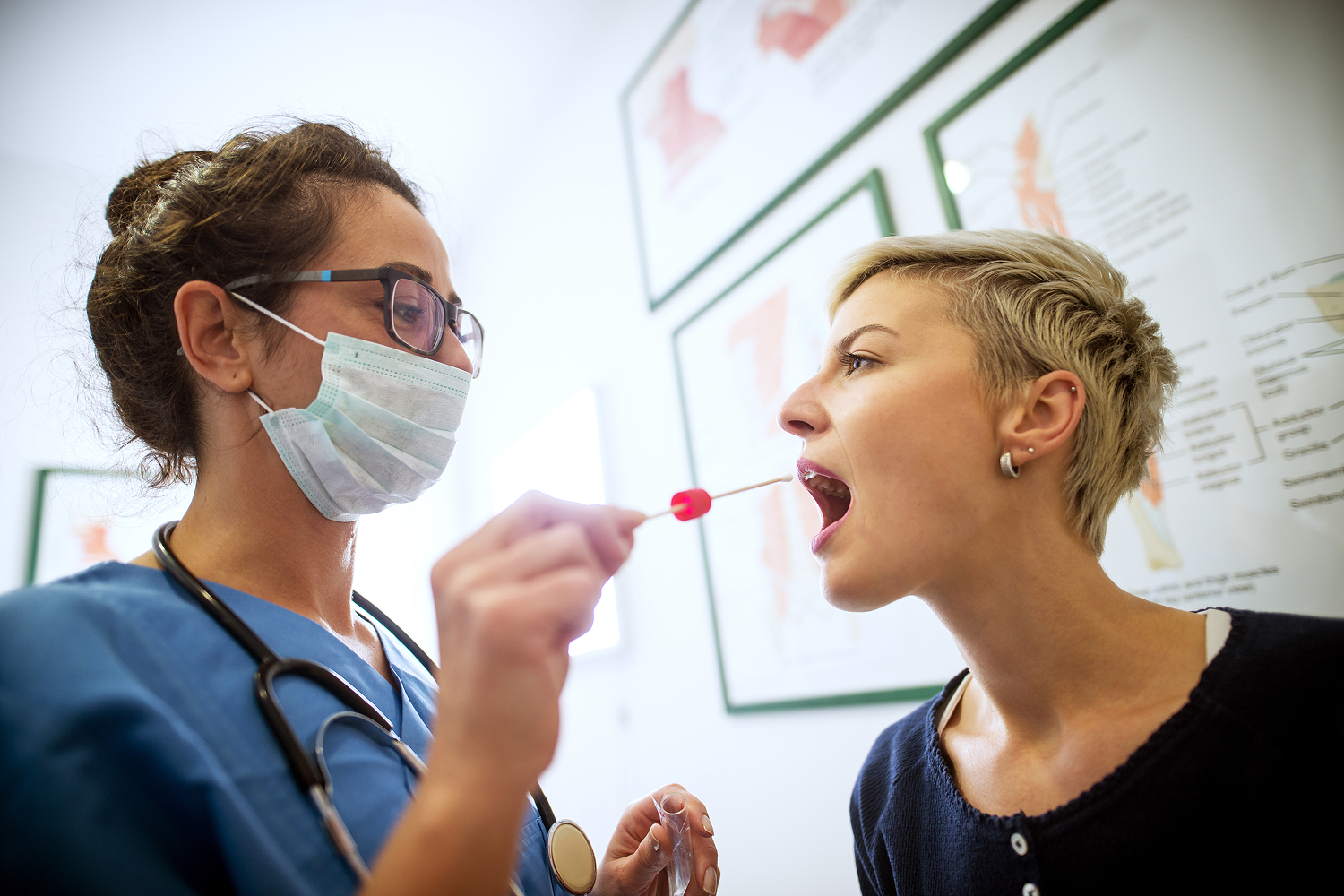
Current diagnostic methodologies often require painful invasive procedures such as biopsies and repeated blood draws, adding undue stress to patients. At New York Medical College, researchers are striving to bring new diagnostic and treatment strategies from bench-to-bedside. Saliva-based microbial, immunologic, and molecular biomarkers offer unique opportunities to bypass more invasive measures by utilizing oral fluids to evaluate and diagnose disease in individuals.
Oral cancer is the seventh-most common neoplasm and the ninth-most common cause of cancer-related death globally. When detected early oral cancer has a high survival rate, but most cases are not detected until the disease is very advanced. Salomon Amar, D.D.S., Ph.D., vice president for research and professor of pharmacology and of pathology, microbiology and immunology, and senior vice president for research affairs at Touro University, is part of a group testing a new saliva-based, non-invasive test, CancerDetect for Oral & Throat Cancer™ [CDOT], developed by VIOME life sciences, with the potential to enable early diagnosis, saving lives and significantly reducing health care expenditures. CDOT, which was found to have an 80 to 90 percent detection rate in a study published in Oral Oncology, was granted breakthrough designation for accelerated review by the Food and Drug Administration.

